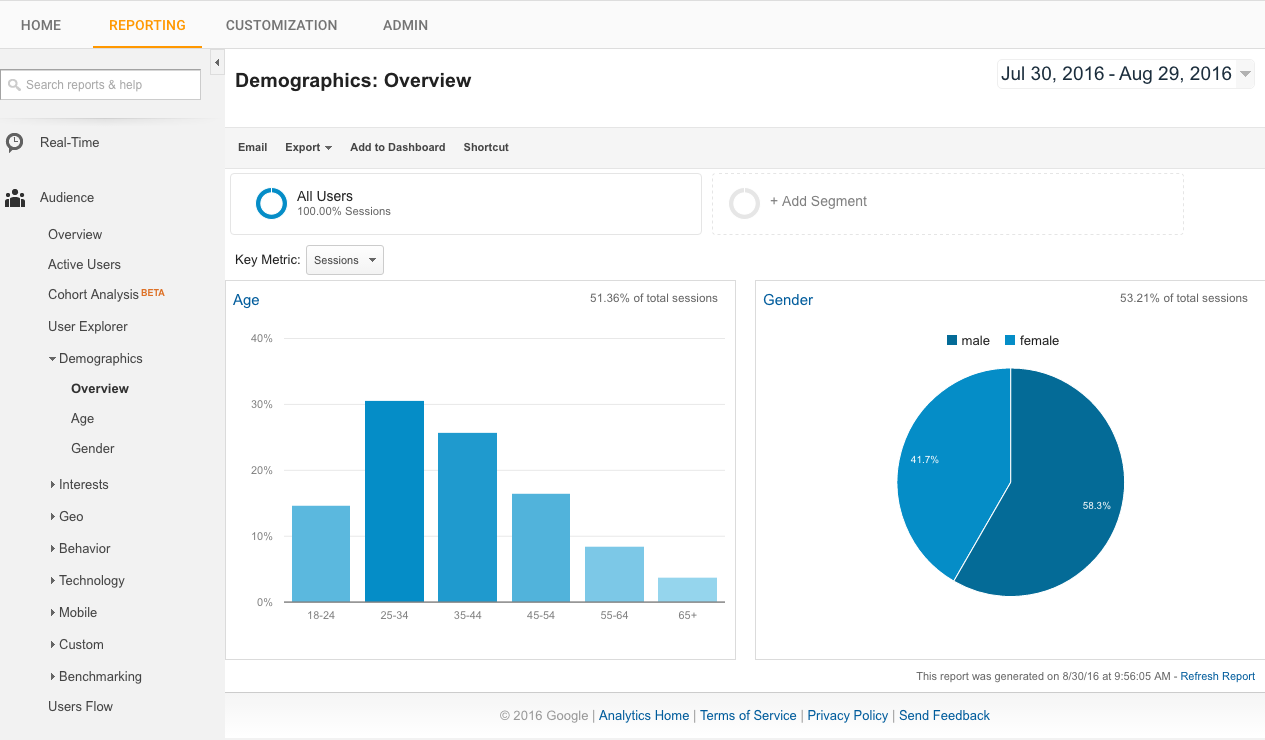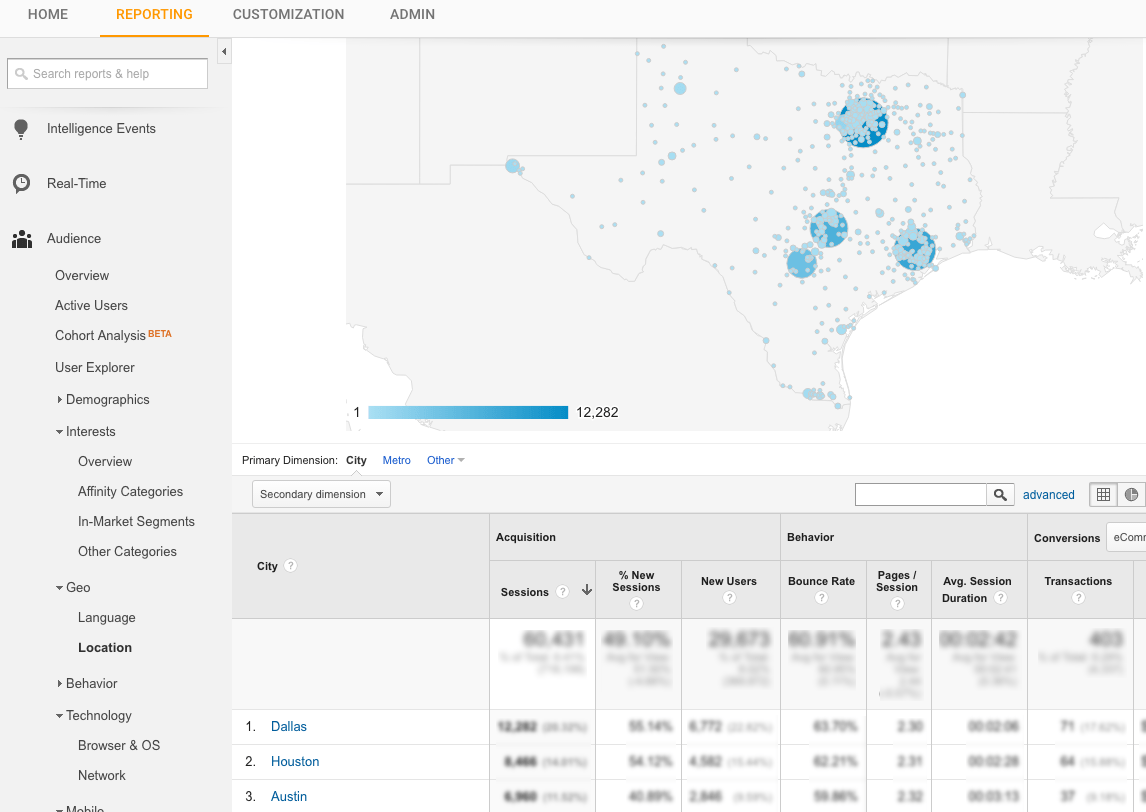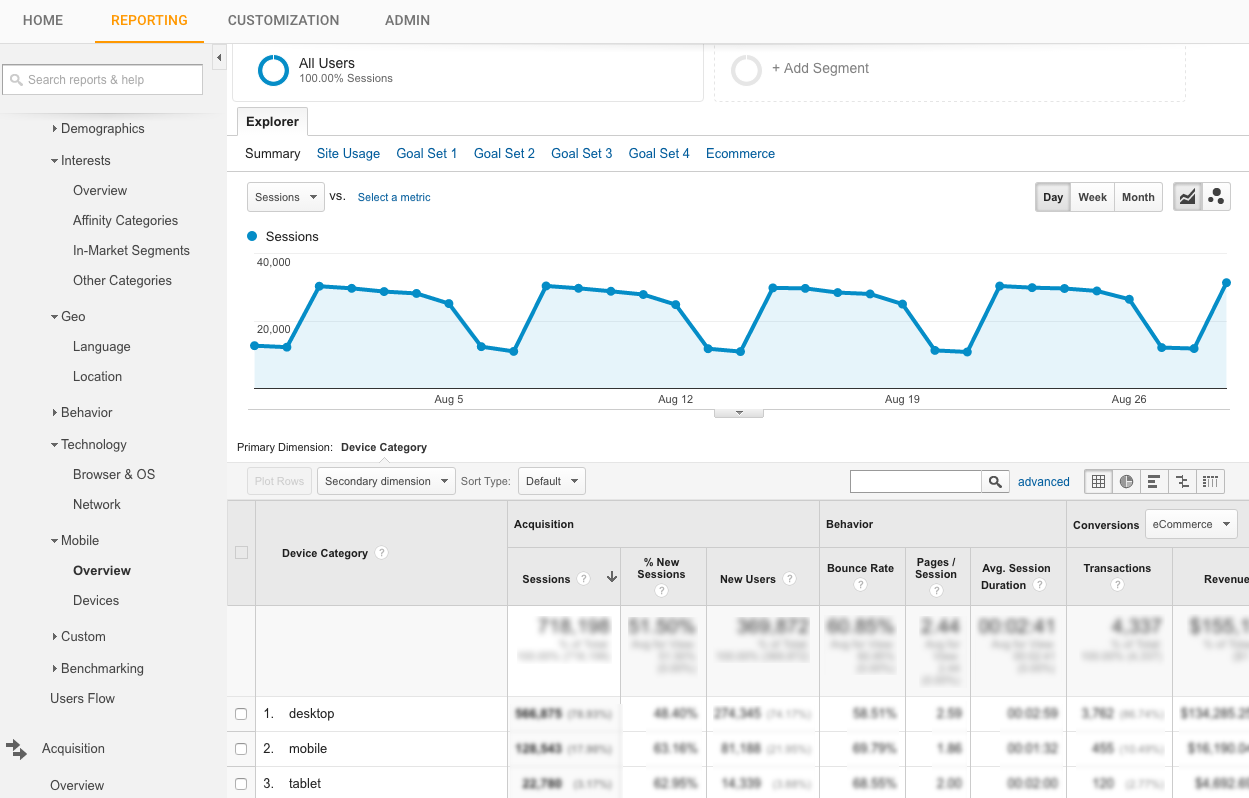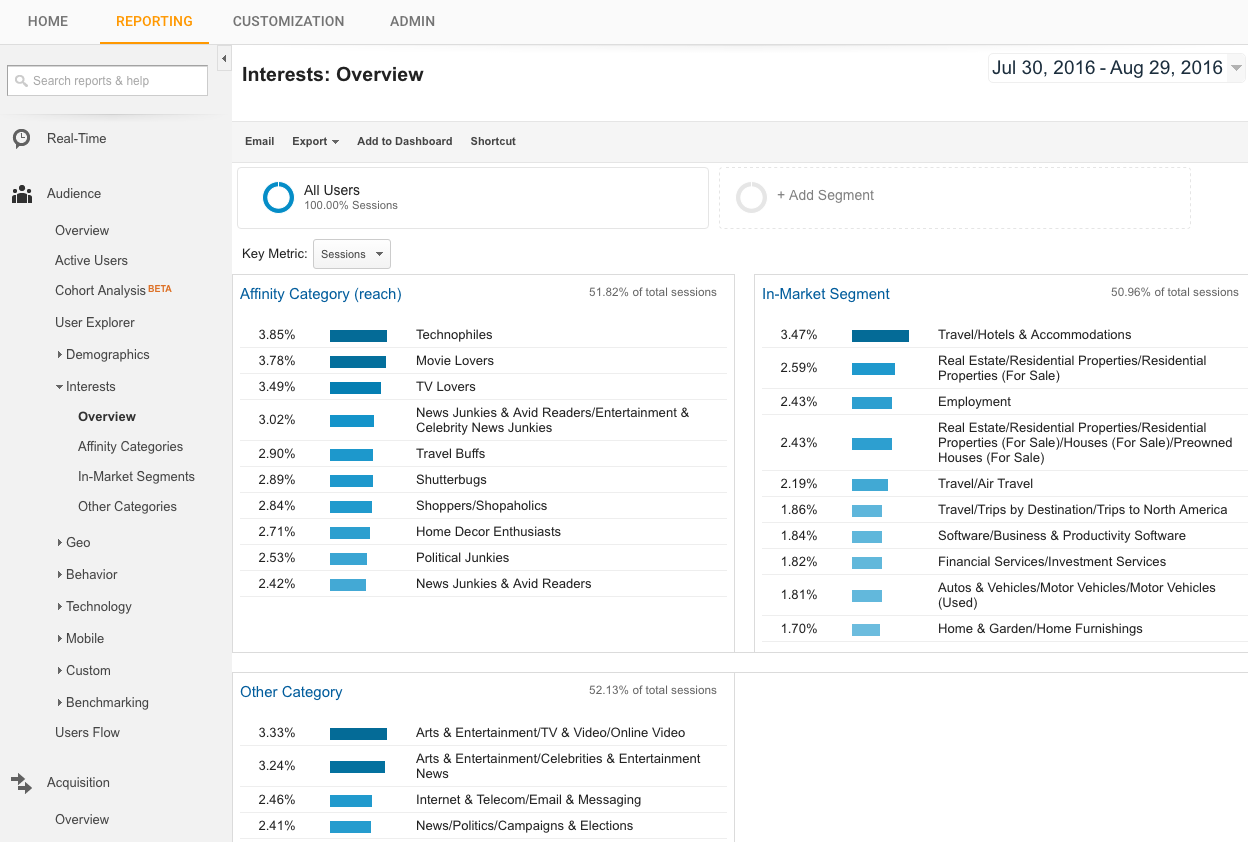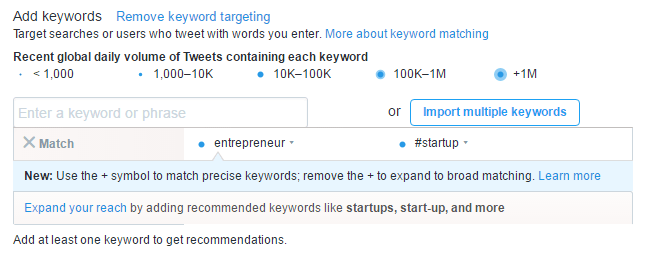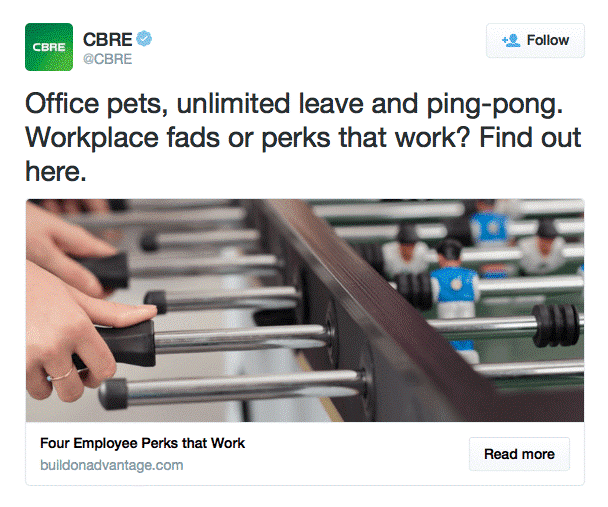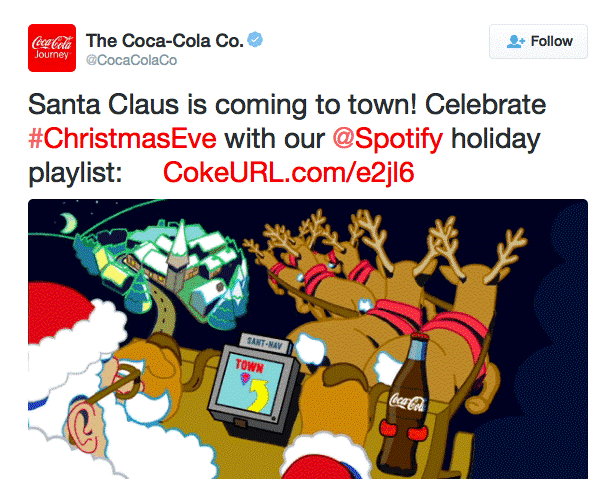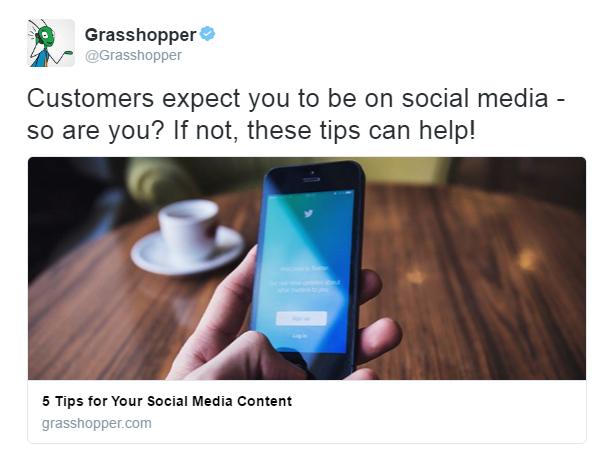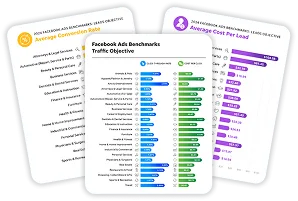
Building a Successful Paid Twitter Campaign From the Ground Up
December 2, 2016
When it comes to content promotion, Twitter is a veritable smorgasbord of new and engaged audiences. You can create a campaign to get visitors to your website, drive app installs, raise tweet engagement, and more. Users are online all the time and consuming vast quantities of content and media. And with customizable budgeting, you’re in control of your spend.
The catch? It takes a little monetary investment to get the most out of all that Twitter has to offer.
We know spending your limited budget on a new avenue for marketing is intimidating. That’s why we put together this guide to building your new paid campaign on Twitter.
Why Are We Running This Campaign?
With a typical tweet, you’re only reaching so many users. When you promote your tweets, the number of people who see them grows, meaning more eyeballs on your content. If your target audience frequents Twitter, that’s powerful.
Twitter campaigns can aim for many things: generating leads for your business, getting visitors to your content, boosting engagement with your company’s Twitter handle…
For the purposes of this article, we’ll focus on building a campaign to promote your content. That means the goal of our promoted tweets is to create interest for a particular piece of content and encourage users to click through. Everything about the campaign will be poised to help make that happen.
Getting to Know Your Audience
Before you start running any type of marketing campaign, you need to have a solid understanding of the audience you’re trying to reach. Conducting ample research is the first step for every marketing activity, and a paid Twitter campaign is no exception.
Why? Zeroing in on who you want to see your message means you can spend your limited budget more wisely. A well-targeted campaign means more conversions and allows you to stretch those advertising dollars.
How to Do It
To get the best picture of the people you’re targeting, build a full, detailed profile of your ideal audience member.
If you’ve developed customer profiles or personas before, then you should have a good starting point to pin down your audience. If not, use a tool like Google Analytics to get a picture of your current audience. The tool is free for small businesses and super easy to use. It offers all kinds of insight into who’s visiting your website.
In your dashboard, scroll down to Audience and dig into your visitor data. Note down info like:
Demographics (age, gender, etc.):
Location:
Devices (what are they using to access your site?):
Interests:
Now, put all that information together to create a persona for the average visitor to your site. For example, Gary Grasshopper is 30-year-old man who lives in Dallas and surfs the web from his desktop computer. He owns his own business, and enjoys watching movies and playing around with the latest consumer tech.
With all the info you know about him, it’s easier to determine what type of content will appeal to him and why. If Gary is your average customer, your goal for this campaign is to find more people like Gary out there on Twitter. Audience personas inform both the content you promote and the targeting options you choose for your campaign.
Twitter Audience
The people your website is reaching may or may not be the same people who follow your Twitter handle. To find out who they are, Twitter for Business has an Audience Insights tool. You’ll be able to see demographics, like gender and location, as well as interests.
From this data, craft a second persona that represents your average follower on Twitter. Having an idea of who your followers are can help determine the type of people your content is already reaching. Are they the same as your website visitors? Is there a key segment you’re not reaching on Twitter? Should your campaign target people similar or different from your regular social activity? Answering these questions will help you develop and refine your targeting strategies.
Choosing Content to Share
From this point on, every step toward building your campaign should be done with this predetermined audience in mind.
When it comes to choosing content, your first question should be, “Where does my audience find content they love?” If it’s your blog, start your search there. Next, look at the content format they enjoy. Is it a long-form article? A short listicle? FAQs? Your most popular content formats should inform the specific pieces of content that you promote through the campaign.
You can find out your audience’s preferences by taking a look at their interactions with your content where it’s currently hosted. Head back into Google Analytics and view traffic and engagement by individual URL. Choose pieces that have already been successful in terms of traffic, engagement, and social sharing. That way, you can be confident they’ll strike a chord with your audience.
Determining Targeting Options
There are a lot people on Twitter — about 313 million active users, to be specific. But the vast majority of those users probably aren’t interested in your business. That’s why targeting a distinct audience for your campaign is vital.
Twitter gives you a lot of options for narrowing in on your ideal audience member. You can choose their location, gender, interests, and even specific keywords featured in their tweets. To dial in the users that are most likely to engage with your content, take advantage of as many targeting features as you can (while being cautious not to create an audience that’s too narrow or exclusionary). Use the information you’ve gathered about your customers to help tailor your campaign’s audience.
Demographic fields like location and gender are self-explanatory, but interests are less clear-cut. You can target users with a variety of different interests that create a need for your product or content. For example, if you sell running shoes, you’ll go after users who show interest in running, track & field, Nike, etc.
Keyword targeting focuses on users who’ve posted a tweet featuring a specific keyword or phrase. These are similar to interests, but you can hone in on people who are talking about and engaging with the topic on a regular basis. You can also note hashtags that you want to target, which can be immensely effective during time-sensitive events and help you capitalize upon trending topics.
If your product is a phone system for entrepreneurs, you might target keywords like entrepreneur, startup, small business, as well as hashtags like #startup and #shoplocal.
Setting the Budget
Choosing your daily and total budgets can be tricky, but Twitter helps you to see the kind of reach and engagement you’ll get based on spend.
You’ll need to set a daily budget — after the daily budget is reached, your promoted tweets will stop being shown until the next day. Twitter also gives you the option to set a total budget, after which your campaign will simply end. Play around with your daily budget and bid to see how it affects your reach and expected engagement. You can also adjust your bid and daily budget as the campaign runs.
Crafting Tweets
In my opinion, one of the hardest parts of building out a paid campaign on Twitter is writing the tweets. When it comes to distilling a message down to 140 characters or less, simplicity always wins. But keeping it simple is sometimes easier said than done, so here are a few tips and examples of promoted tweets done right:
- Include stats or quotes. Cite data points or quotes from your content to incite curiosity and encourage users to click through and read more.
- Ask a question. Make a connection and bring users into the conversation, just like that.
Source: AdEspresso
- Use hashtags: Including a hashtag can do wonders for helping your tweets find a relevant, engaged audience. To find good hashtag options, use tools like Hashtagify.me to get suggestions based on your Twitter profile. Keep it to one or two per tweet.
Source: AdEspresso
- Give people a reason to click: A strong, clear call-to-action (CTA) is that last push a user needs to click through. It should be direct and communicate the benefit they’ll get from the content you’re promoting. Try to quell any concerns they may have, too. Note if the content is free, doesn’t require a download, etc.
Source: AdEspresso
- Don’t try to say too much: Don’t overdo it by using crazy acronyms just to fit more into 140 characters. Tweets should be easy for anyone to read and understand quickly.
- Include images. Tweets that include a photo have been shown to get 313% more engagement. You’d be crazy not to capitalize on that.
Images & GIFs
Speaking of that last bullet-point, when it comes to finding images for your campaign, it’s important to use relevant ones that can boost your tweets’ performance. Great images for social media are eye-catching and high-quality — nothing grainy, dark, or distorted.
Step 1: Find the image. You can search sites like Pexels and Unsplash for free, quality stock photos. You can search for short GIFs or use Twitter’s own GIF keyboard, too. Images don’t need to capture everything about the content you’re promoting, but they should be related.
Step 2: Edit the image. You can add text or other elements to make the image your own and help it capture your brand’s style. Use a tool like Canva or Photoshop (if you have it) to edit the image. You should also resize it to fit within the frame Twitter allows — 440 x 220 pixels (or any 2:1 ratio).
Step 3: Upload the finished image to your Twitter campaign and attach it to the specific tweet it goes with. Make sure everything looks professional and eye-catching in the preview before launching the campaign.
One important note: make sure you have the legal right to use any and all images in your marketing. Most of the content on Pexels and Unsplash is copyright-free. You can also use Creative Commons search to find unburdened images.
Reach a New Audience on Twitter
A lot goes into launching your first Twitter campaign — you have to build it from the ground up. Once it’s running, you can tweak different elements based on how the campaign performs. Your first run will provide plenty of insights and improvements to make the next campaign better. After a few tries, you’ll have a streamlined approach to promoting content on Twitter.
About the Author
Kiera Abbamonte is the Content Marketing Specialist for Grasshopper, the entrepreneur’s phone system. She loves a good baseball game and finding new ways to make content awesome. Catch up with her on Twitter @kieraabbamonte.

